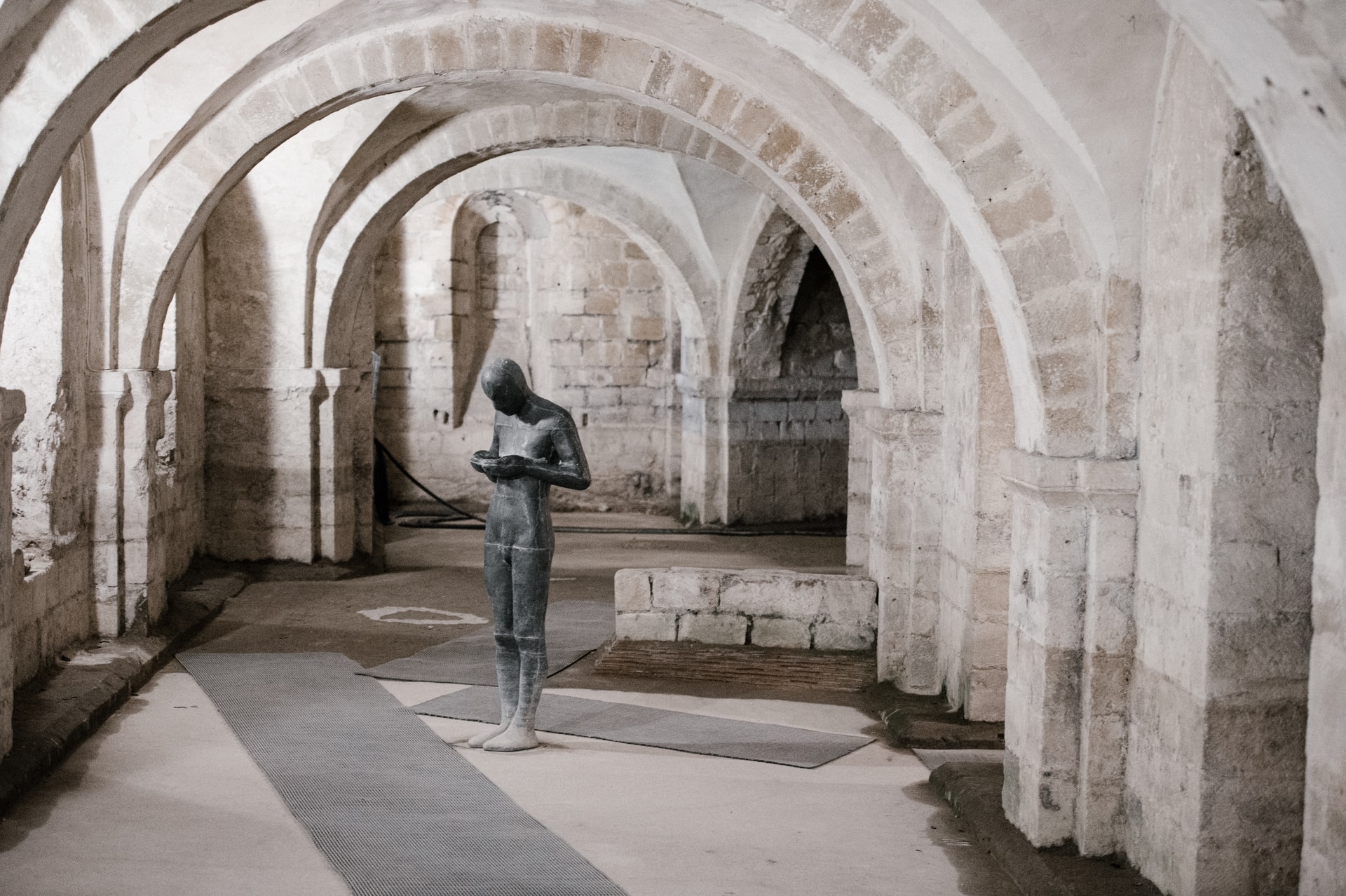While the Byzantine style continued to develop in the Eastern realms of Europe, the latter part of the first millennium saw a disjointed and incoherent stylistic approach in more Western regions. Due to Barbarian rule which ran from the 5th to 9th century, the Roman and Greek architectural influences grew out of fashion in northern regions as documentation and methods became lost. However, with the fall of Barbarian rule, Western Europe became more connected which allowed the Mediterranean styles to make a resurgence in the form of the Romanesque style. Characterised by its use of round arches, heavy ornamentation and geometric form, the style became popular at the turn of the millennium and reaching its zenith around the 12th century. As shown in the naming of the style, there is a strong Roman influence in the design which is testament to the timeless influence of the classical styles. Much of the architectural vernacular of the Romanesque era was expressed in the form of churches and abbeys, with some of the most famous examples of the period being the Cluny Abbey and Canterbury Cathedral.
Development of the arcade:
The structural invention of the arch in the Roman period was an impressive engineering feat that led to countless reprises of the form, with the Romanesque movement developing the idea even further. Typically styled with thick, heavy walls, the arches used in Romanesque churches would derive their status and appeal through strength and structural integrity. To increase the visual aesthetic without compromising the strength, the arches featured chamfered edges to soften the heavy curves and create a more refined, tapered appearance. A common feature of the Romanesque arcade was blind arcading – a decorative series of arches with no openings where the arches form part of the masonry façade. Due to the loss of documentation regarding arches, many Romanesque architects were unable to construct thinner, more ornamented arches and so in an attempt to capture the Roman aesthetic blind arcades gained popularity. As the arches were only decorative additions to a wall, there was no structural load pushed down onto them; hence achieving the desired aesthetic albeit in the form a less impressive visual folly.

Anthropomorphism and narrative:
A cultural renaissance of sorts during the Romanesque period saw a return to including motifs such as grotesques and sculpted figures. Particularly popular among Spanish and French design, anthropomorphised figures adorned door jambs and columns in central areas. The Santiago de Compostela Cathedral in A Coruña, Spain, features figures depicting Old Testaments prophets and scripture. The popularity of religious imagery in the style was representative of the large proportion of power and wealth the church held. In essence, the imagery and narrative of the movement was testament to the importance of religion in the middle ages.

Decorative variety:
Whereas in earlier styles there was a coherent and congruous approach to column design, it became common practice to display variation in the columns and arcades in either material or style. The ordered ideals of classical architecture had made way for a more creative and freeing process. Within the same arcade or colonnade, no column shaft would be the same as they varied from spirals to geometric zigzags to fluted grooves. The difference is design was not restricted to just the shafts as many column capitals juxtaposed their neighbouring column capitals.
The nature of the Romanesque architecture facades was strength and solidity that while were structurally able, lacked visual appeal. Subsequently, the artistic and decorative forms were expressed in folly arches and varied ornamentation which added elements of stylistic grandeur to the functionally plain walls. The style eventually morphed into what is known as Gothic architecture in the 12th Century – a shift that led to a more expansive and pointed architectural vernacular.

